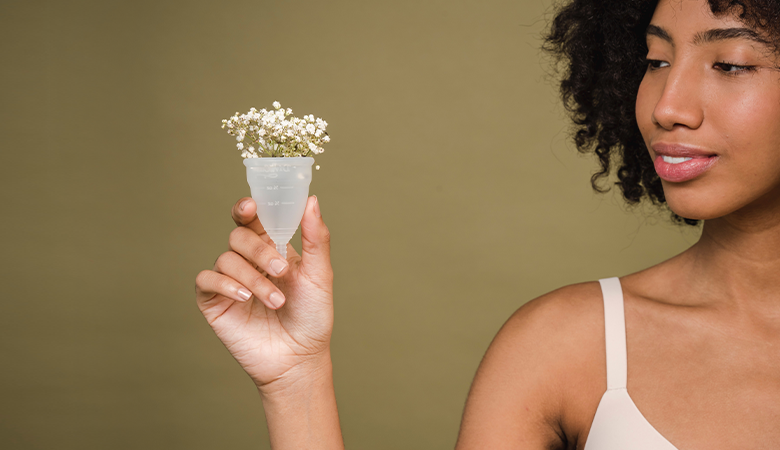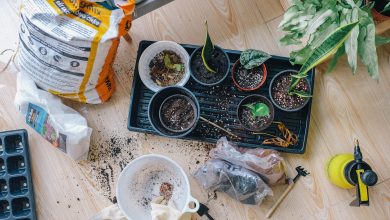What’s a Menstrual Cup?

With the advent of menstrual hygiene more and more women are now talking about period care. Conventional methods of managing periods like pads and tampons have been around since time immemorial, but now women are moving to smart ways to manage their periods.
One of these smart ways is the female sanitary cups otherwise known as menstrual cups. The menstrual cups are flexible, small cups made up of latex rubber or medical-grade silicone that collect the period flow instead of absorbing it. There’s a lot of buzz surrounding these eco-friendly female sanitary cups because they are a thousand times better than traditional ways like pads and tampons.
Are menstrual cups new to the feminine care aisle?
Not at all. Most women don’t know it, but menstrual cups have been around in the female sanitary aisle since the 1930s. You might find it unbelievable, but the first menstrual cup for the U.S was manufactured in 1987. Since then, there have been several other period cups that are manufactured from different substances ranging from rubber to silicone.
How do menstrual cups work?
Menstrual cups are used to collect the period blood. You can empty the cup, clean it and then reuse it again. To use the period cup tightly fold it and insert it like a tampon. Don’t use any lube, instead use water. Once you fit the cup perfectly, you will spring open and rest against the walls of your vagina.
It will form a seal to prevent leaks. Inserting the cup and forming a seal is often difficult for newbies, so you can always search about how to insert a menstrual cup for beginners. After using it, you can pull out the stem of the cup that sticks out of the bottom, and then you can pinch the base to release the seal. After you empty the cup, wash it with soap and water and sterilize it in boiling water. Your cup will be ready to use for your next cycle.
Why use a menstrual cup?
Menstrual cups are environment and wallet-friendly, which means less landfill waste and spending less money over time. You can leave the menstrual cup for about 12 hours, unlike pads and tampons that need to be changed every 4-8 hours. Depending on your flow cups can stay in longer as well, so they are also good for overnight protection. Cups don’t slip like pads, so there is usually less fear of leakage, and once you get the hang of menstrual cups, there’s no need to wear a backup panty liner or pad.
Conclusion
Shifting to a period cup can be overwhelming at first. Some women are quite conscious about inserting something in their vagina instead of using absorbable methods like pads and tampons, but menstrual cups make periods more manageable.
They are eco-friendly and you can reuse them. So, you don’t spend a dime for years and contribute almost zero waste to the landfill. Just ensure to find out how to insert a menstrual cup for beginners and you will be all set to use a cup without any hiccups.
Keep Reading Article: https://www.articledive.com/




